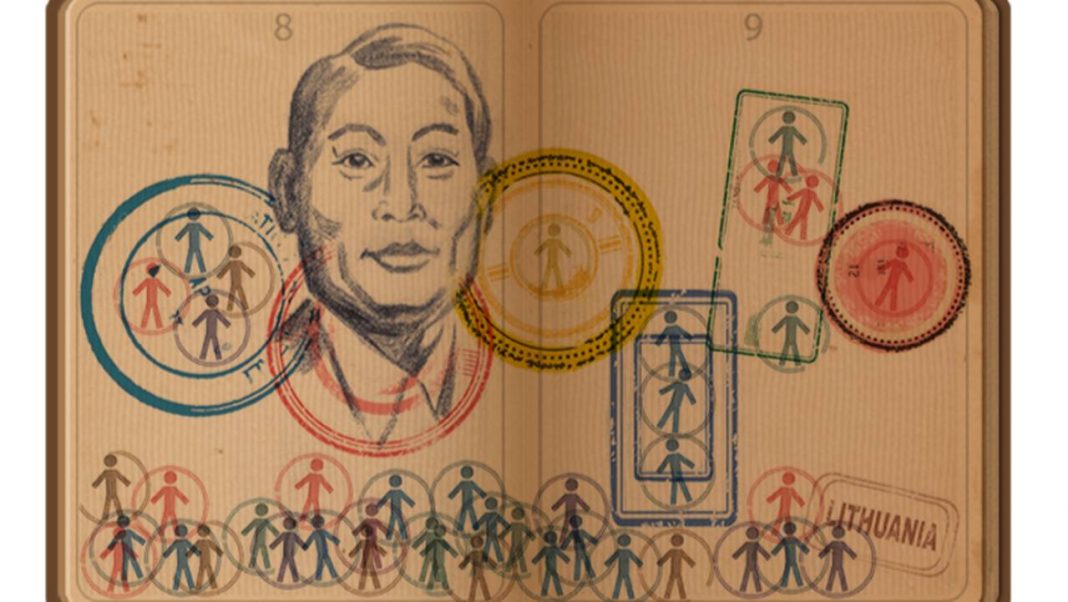Google doodle highlighted the memory of Chiune Sugihara who saved Jewish refugees and was a Japanese diplomat. But who is he?
During World War II, Mr. Sugihara, known to be a quiet and humble man, saved thousands of Jews. In 1939, he was vice-consul at the Japanese consulate in Kaunas, Lithuania.
The conflict started to arise right at that time, he teamed up with a Dutch diplomat to conduct an escape route. Jews were to travel on the Trans-Siberian Railway through the Soviet Union, then into Japan before being safe in the Dutch colony of Curacao in the Caribbean, and that was the plan.
READ: El Chapo sentenced to life in prison to pay $12.6 billion
He asked his superiors in Tokyo three times to give visas to said refugees and got rejected, “Absolutely not to be issued any traveller not holding firm end visa with guaranteed departure ex Japan. No exceptions.”
Chiune Sugihara began writing visas despite the refusal of his government. “I did not care if I lost my job.” he said as he believed that it was a matter of humanity, he told the Ministry of Foreign Affairs.
He wrote 6,000 visas by hand in just over six weeks, working from dusk till dawn. Sugihara was then forced to leave Lithuania, and even then he continued to write visas on the train. He distributed the visas on the platform at a crowd of Jews.
Thousands of Polish and Lithuanian Jews made it safely to Japan, thanks to his visas. After a year, the Nazis murdered over 120,000 people in Lithuania and occupied it.
In 1984, he was finally recognized by Israel’s Yad Vashem Holocaust museum and earned the “Righteous Among the Nation” title. It is usually given to non-Jews who saved Jews from Nazis.
“People in Tokyo were not united. I felt it silly to deal with them. So, I made up my mind not to wait for their reply,” he said in reply to why he helped the refugees.
He added, “I knew that somebody would surely complain about me in the future. But, I myself thought this would be the right thing to do. There is nothing wrong in saving many people’s lives.”










